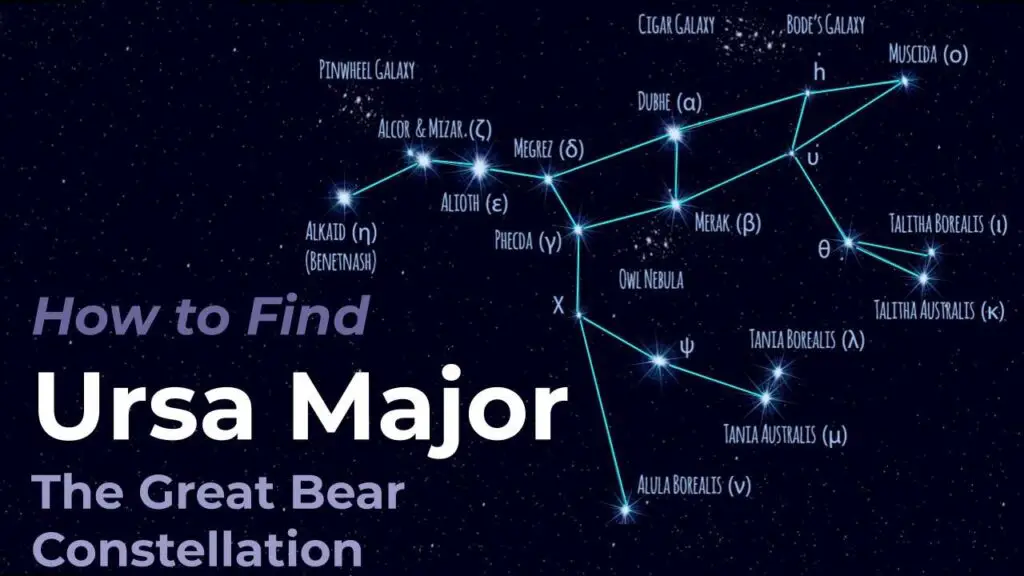
Posted on 01/30/2022 9:12:02 AM PST by BenLurkin
HD 84406 is located in the constellation Ursa Major, which means "Big Bear" in Latin. The Big Dipper asterism (or star pattern) is actually part of this constellation, and it's the tail of this furry beast. The star has a visual magnitude of about 6.9, which is too dim to see with the naked eye. To see the star, you'll need a telescope or high-power binoculars. Here's our guide for the best telescopes for 2022, and our guide for the best binoculars may help you find the right pair to hunt Webb's star.
A bright point like HD 84406 provides a helpful target by which the team can align JWST's honeycomb-shaped mirrors and to start gathering engineering data, according to the tweet.
This star will play an important role for this specific purpose, but it won't be studied by the observatory once it officially begins its science projects.
In addition to JWST placing itself in its observational perch, this week has marked another important development for JWST. According to the blog post, the team has also turned on JWST's High-Gain Antenna and it can now downlink observations via the Deep Space Network's Ka radio band, a channel that "provides a much higher data rate" to download science images and data for astronomers to analyze.
(Excerpt) Read more at space.com ...
bkmk
Ursa Major, which means "Big Bear" in Latin.
In all my years, I have only ever seen and heard it translated as "Great Bear".
The star has a visual magnitude of about 6.9, which is too dim to see with the naked eye. To see the star, you'll need a telescope or high-power binoculars.
No need for "high-powered" binoculars, let alone a telescope. A pair or regular binoculars on a clear night will reveal a magnitude 6.9 star.
The Big Dipper isn’t a star, it is a collection of stars.
OPPS!! I misread that header! My bad!
Regarding the author:
Doris is a science journalist and Space.com contributor. She received a B.A. in Sociology and Communications at Fordham University in New York City. Her first work was published in collaboration with London Mining Network, where her love of science writing was born. Her passion for astronomy started as a kid when she helped her sister build a model solar system in the Bronx. She got her first shot at astronomy writing as a Space.com editorial intern and continues to write about all things cosmic for the website. Doris has also written about microscopic plant life for Scientific American’s website and about whale calls for their print magazine. She has also written about ancient humans for Inverse, with stories ranging from how to recreate Pompeii’s cuisine to how to map the Polynesian expansion through genomics. She currently shares her home with two rabbits. Follow her on twitter at @salazar_elin.
Actually, “major” translates best as “bigger” or “greater”.
The Big Dipper is better described as an “asterism” whereas Ursa Major is a “constellation”
“The Big Dipper isn’t a star, it is a collection of stars.”
I see you read the article!
HD 84406 ... star will play an important role for this specific purpose, but it won’t be studied by the observatory once it officially begins its science projects.
—
They’ve been told its off limits by the inhabitants who are leading members of the Galactic Federation.

Yup!
The Big Dipper is an asterism that is part of the constellation Ursa Major
Just as Orion’s belt is an asterism in the constellation Orion.
Did you see my follow up post?
She’s quite the expert, isn’t she?
I would like her to explain to me what stars are the “Horse and Rider” and which stars were used as a test of eye site….
The Big Dipper is right by the Little Dipper....
Didn't know about the "horse and rider" but I did know about the other thing.
https://earthsky.org/brightest-stars/mizar-and-alcor-the-horse-and-rider/
👍
Disclaimer: Opinions posted on Free Republic are those of the individual posters and do not necessarily represent the opinion of Free Republic or its management. All materials posted herein are protected by copyright law and the exemption for fair use of copyrighted works.